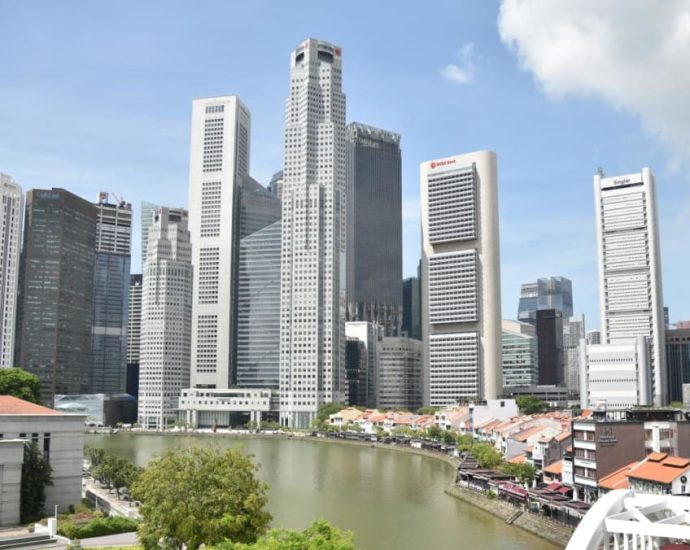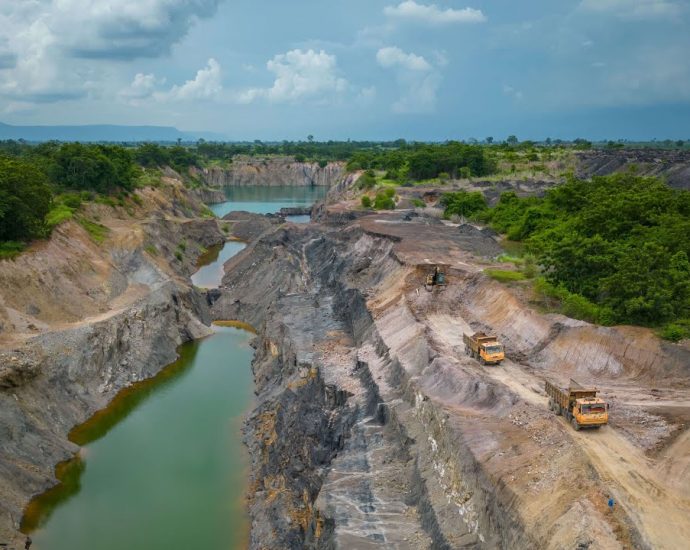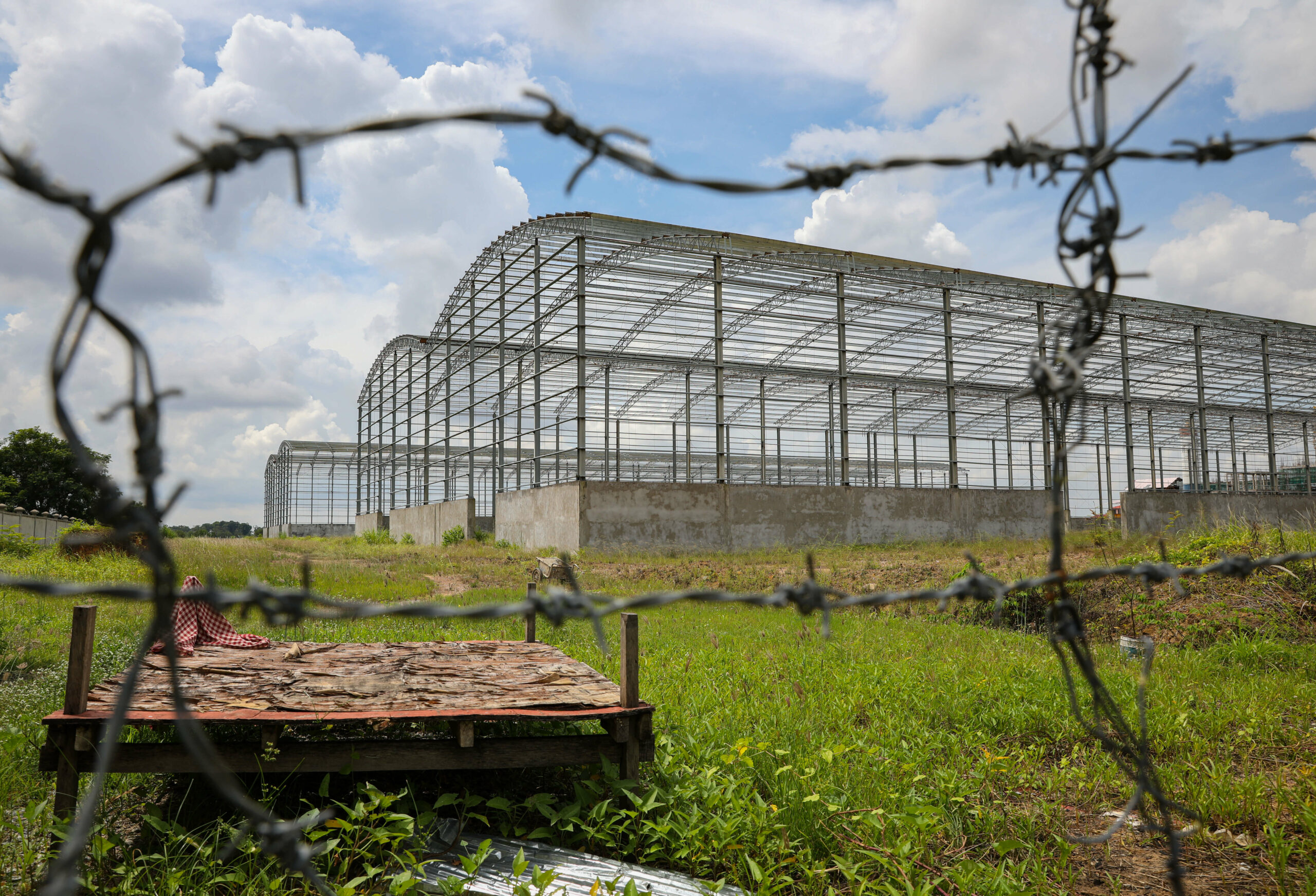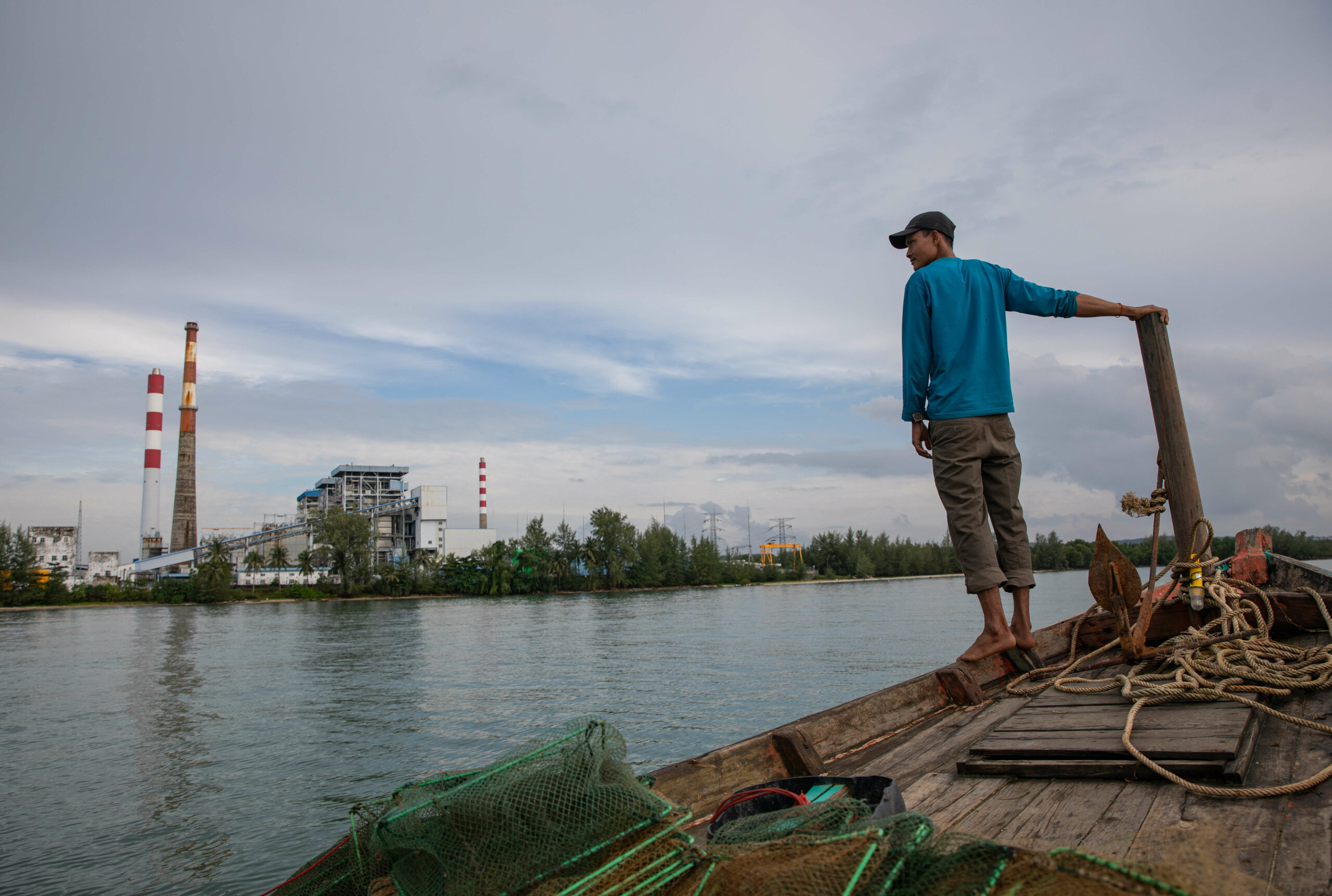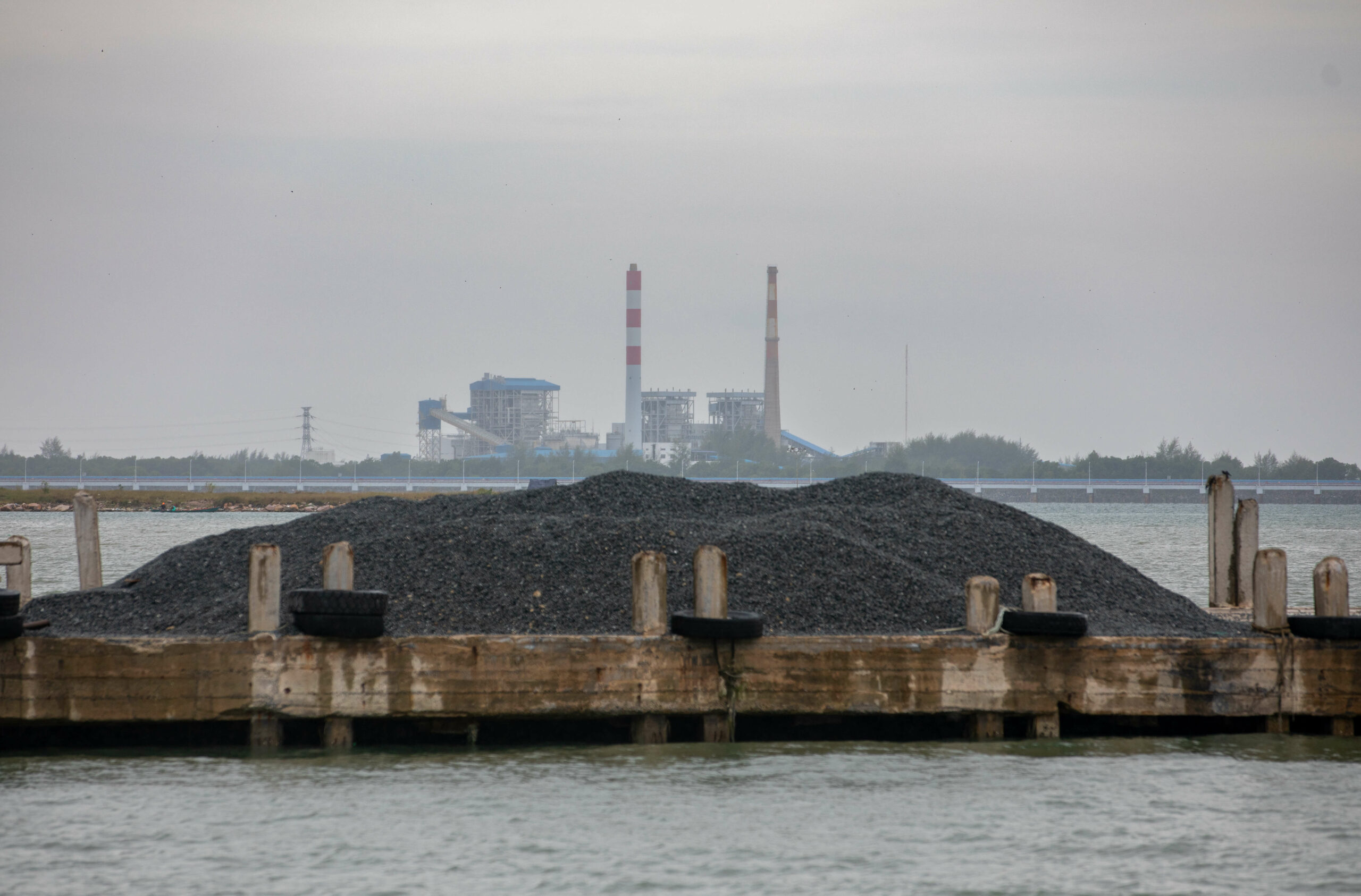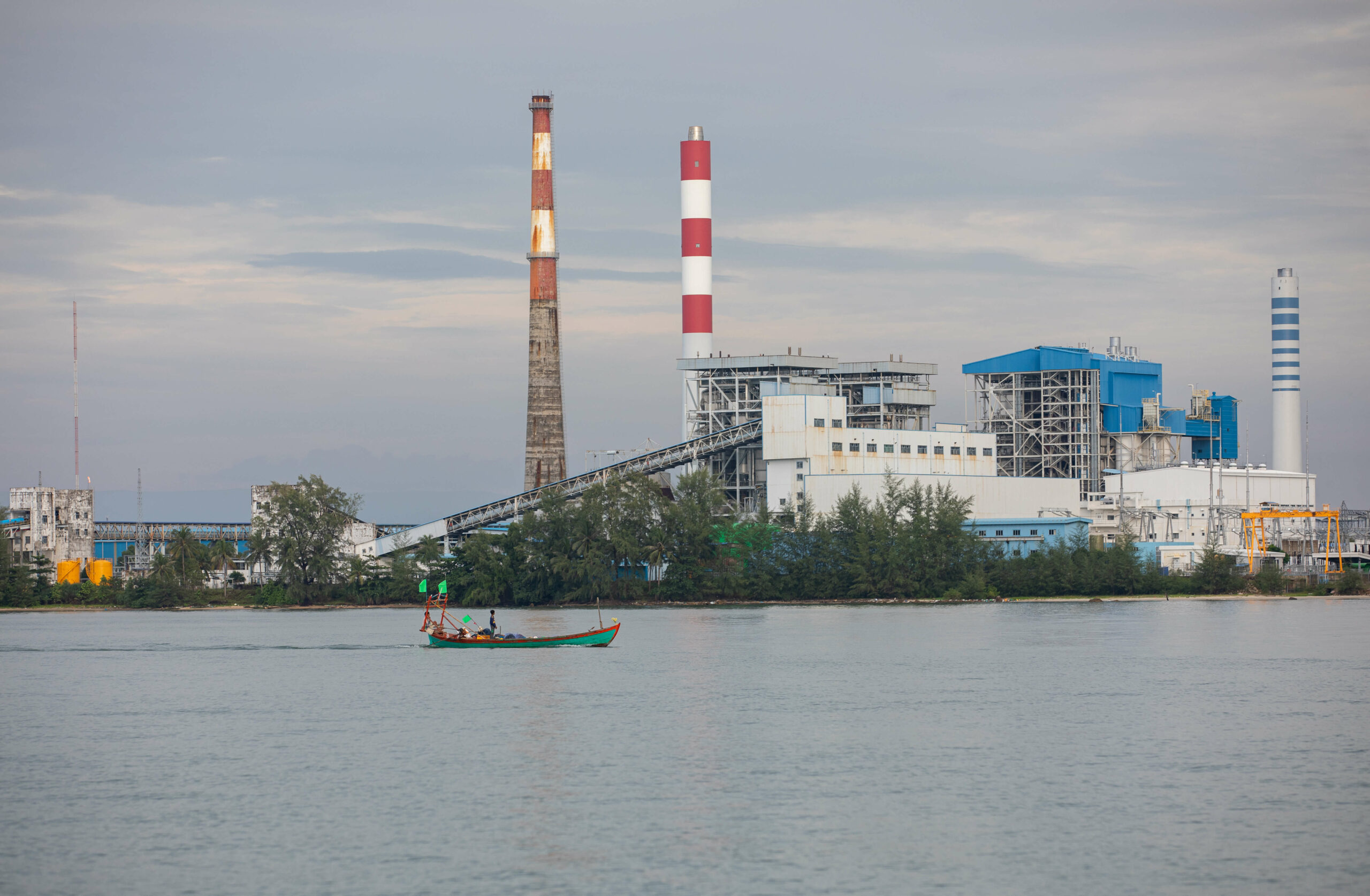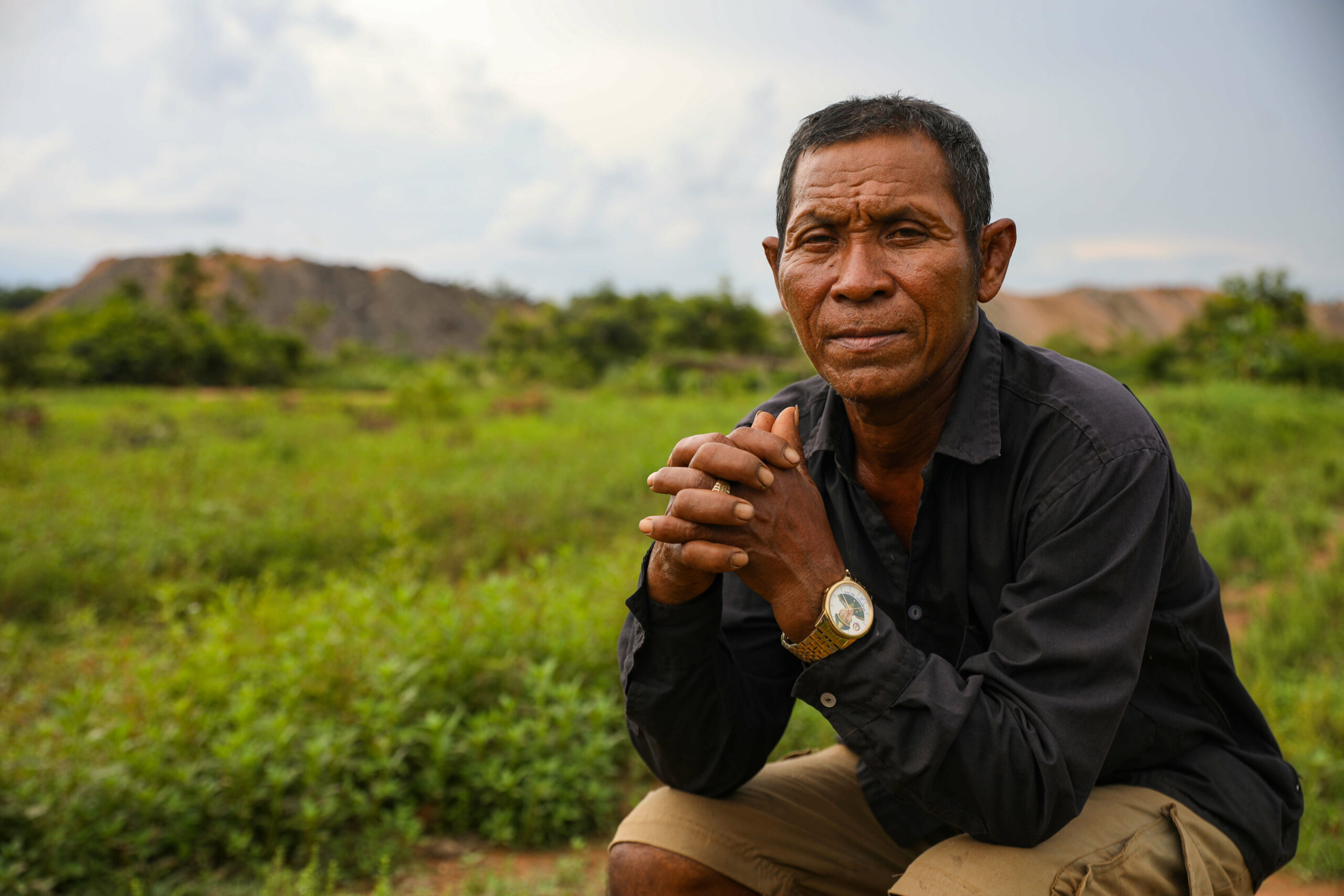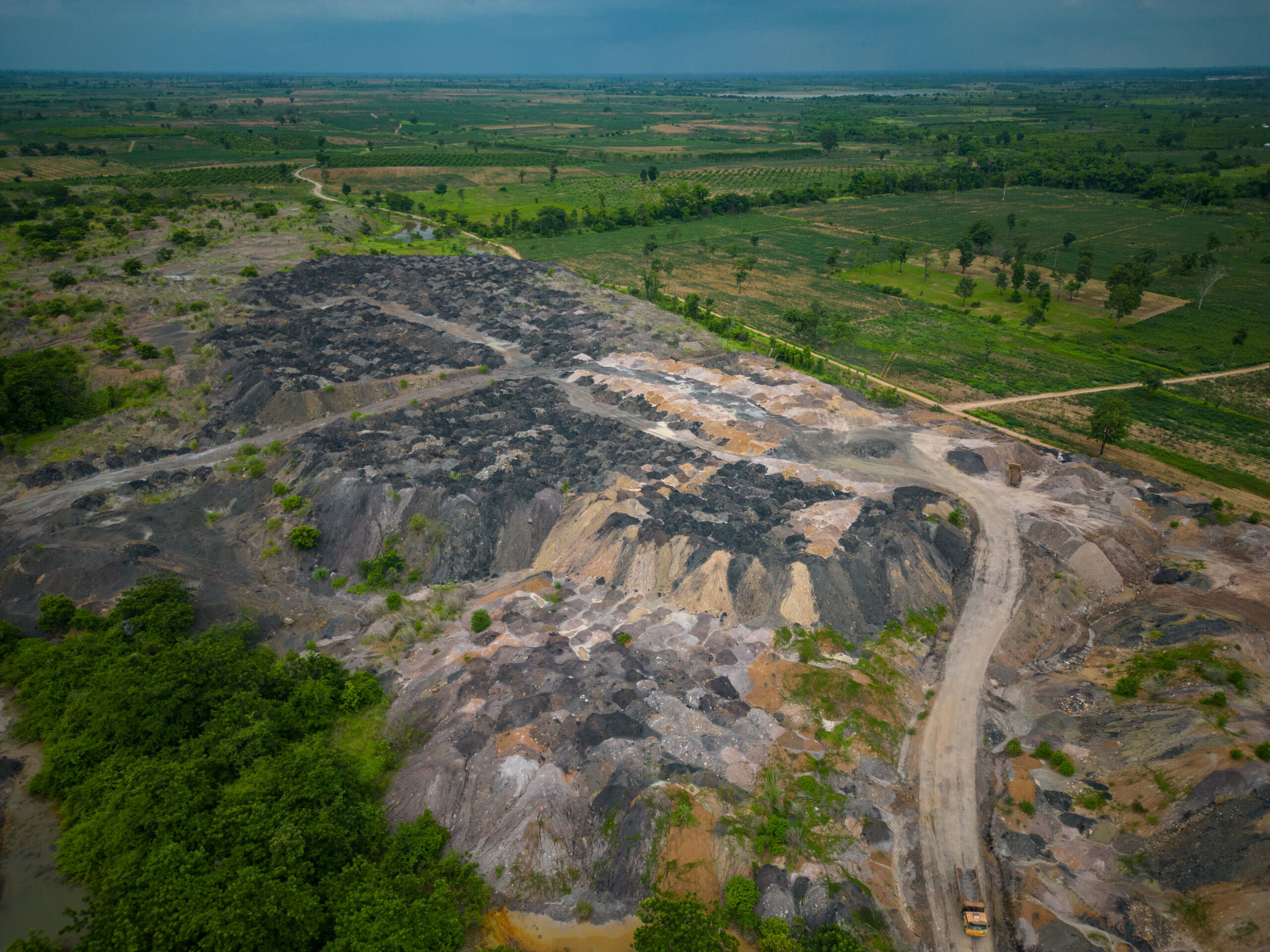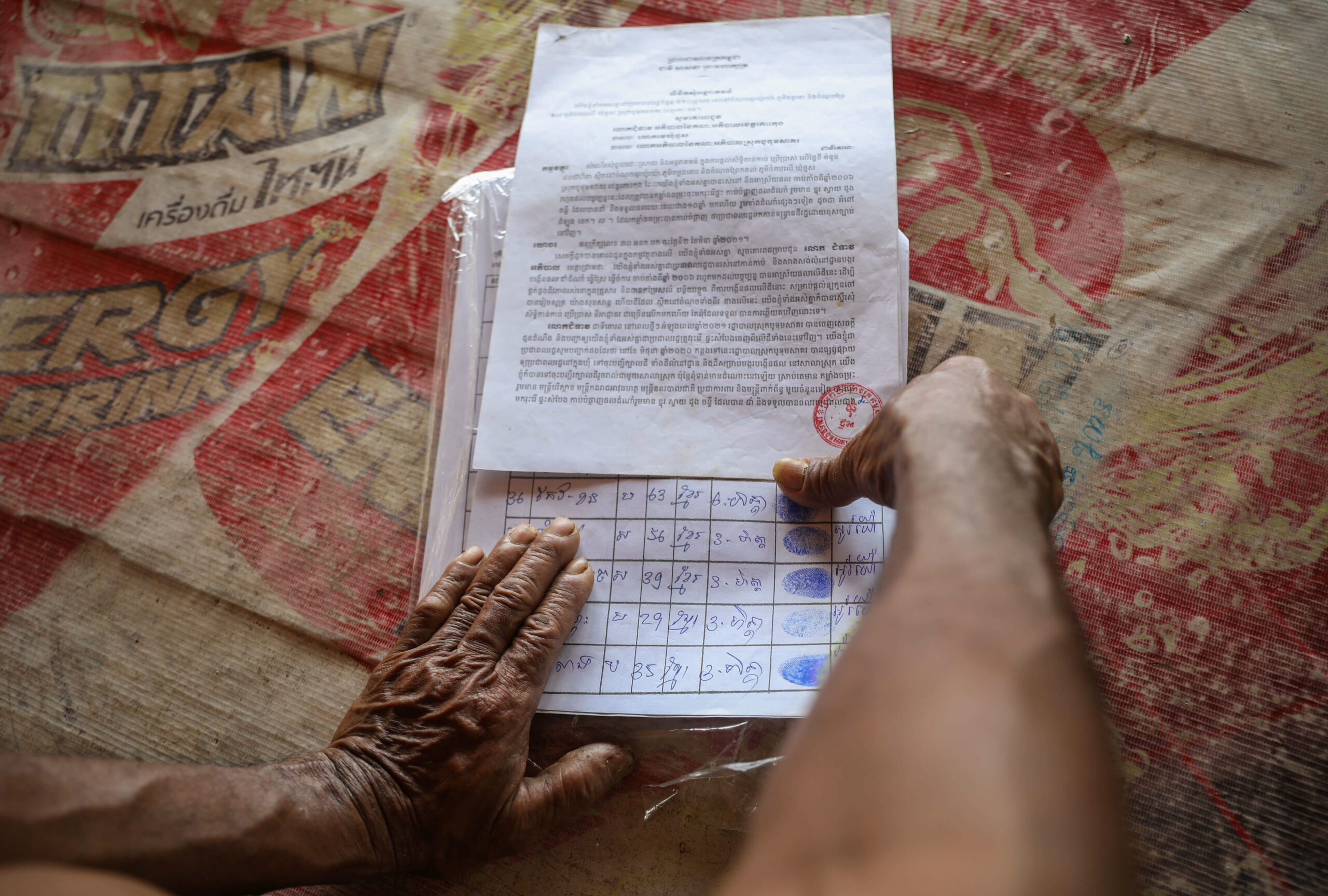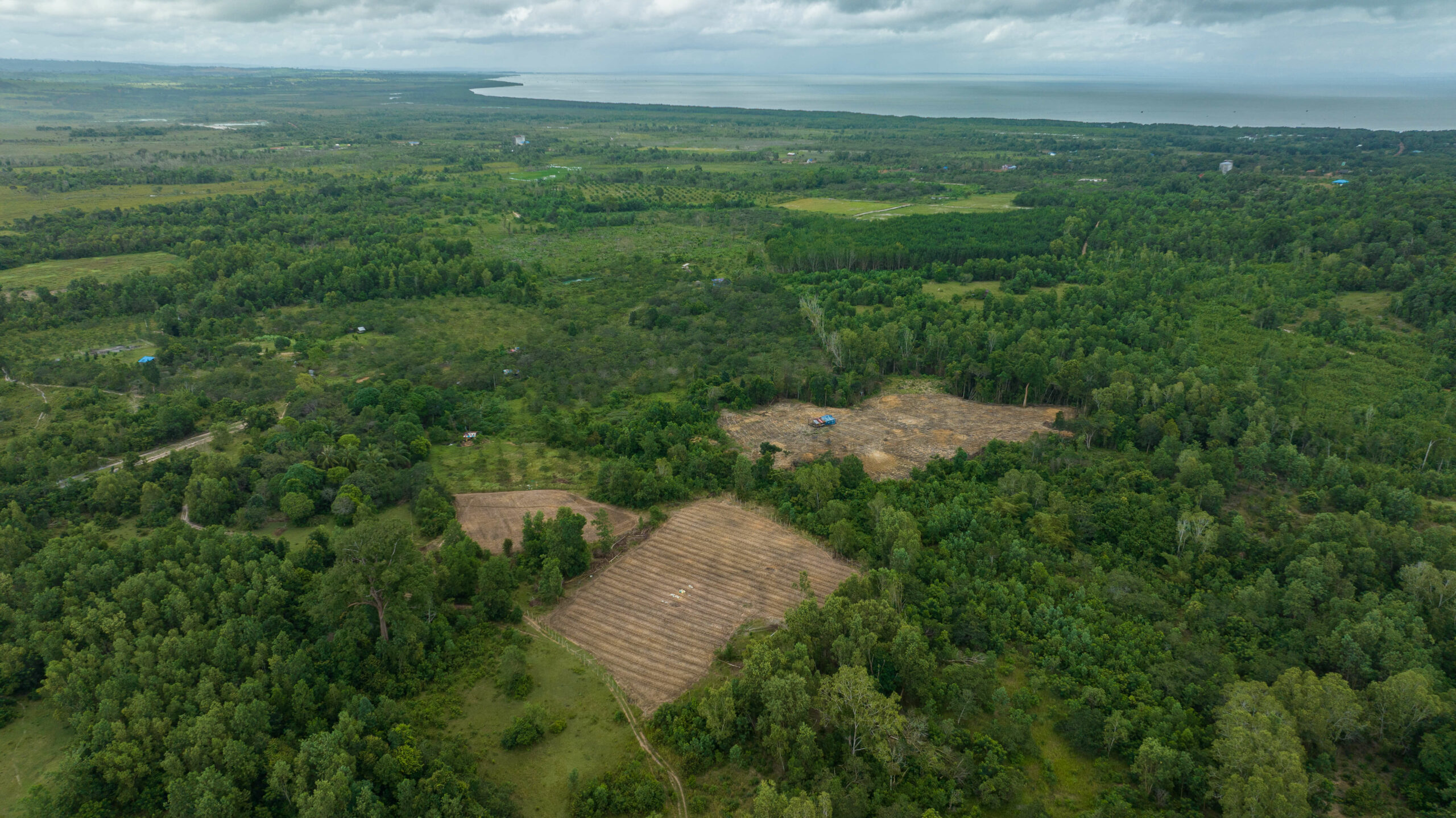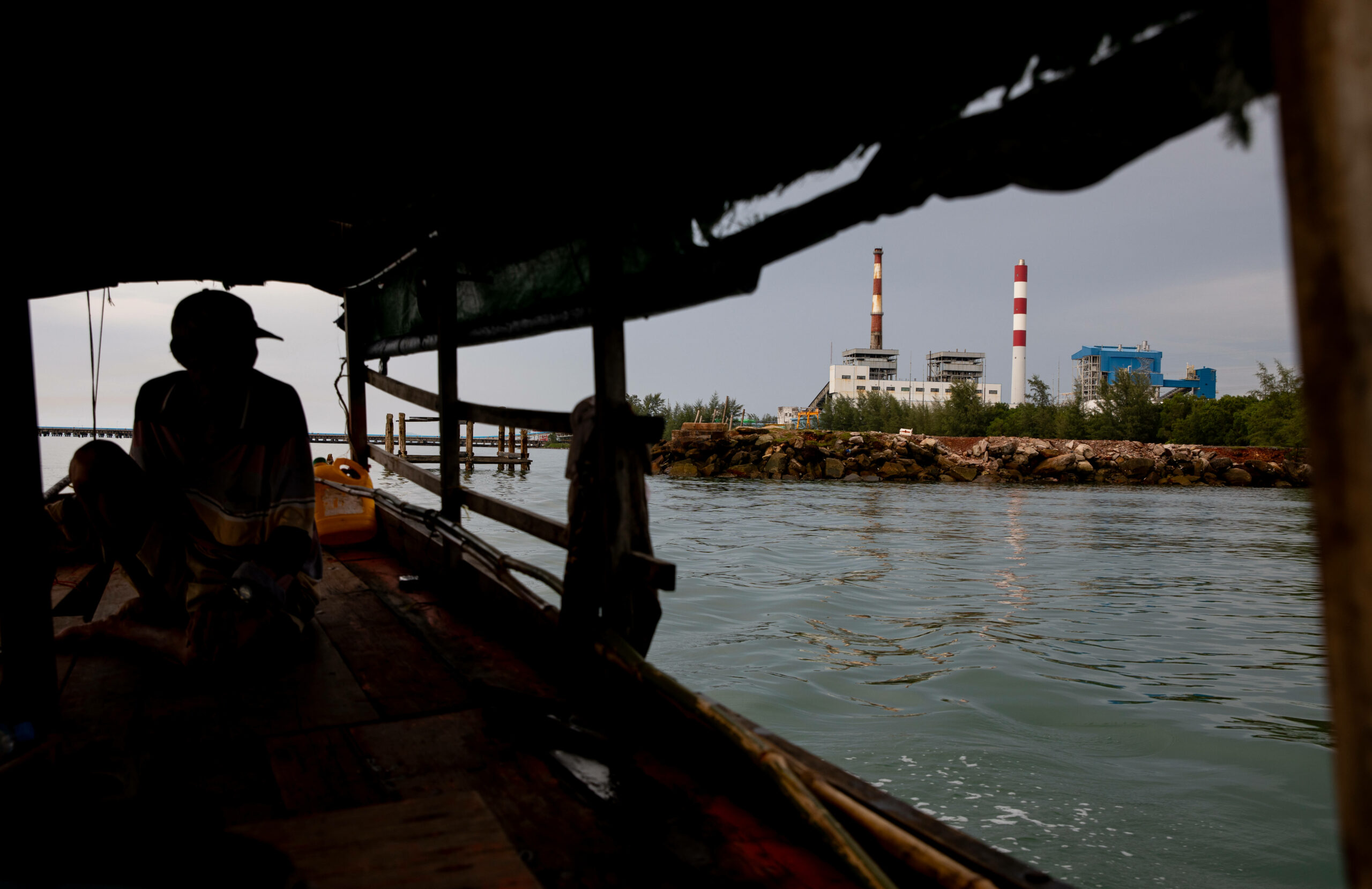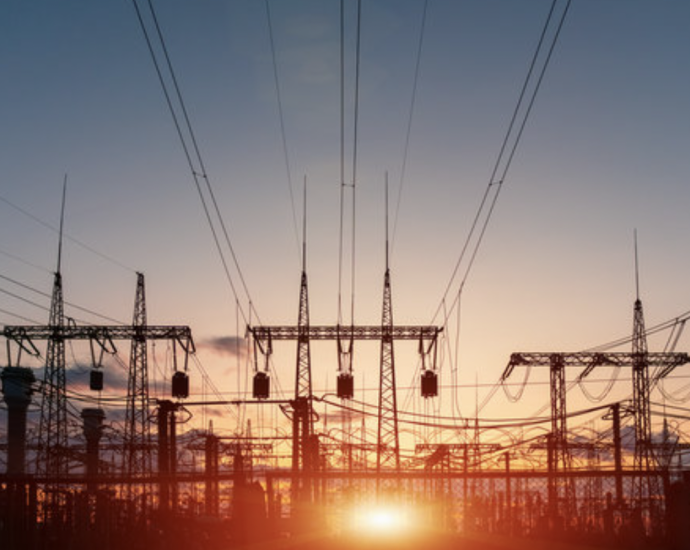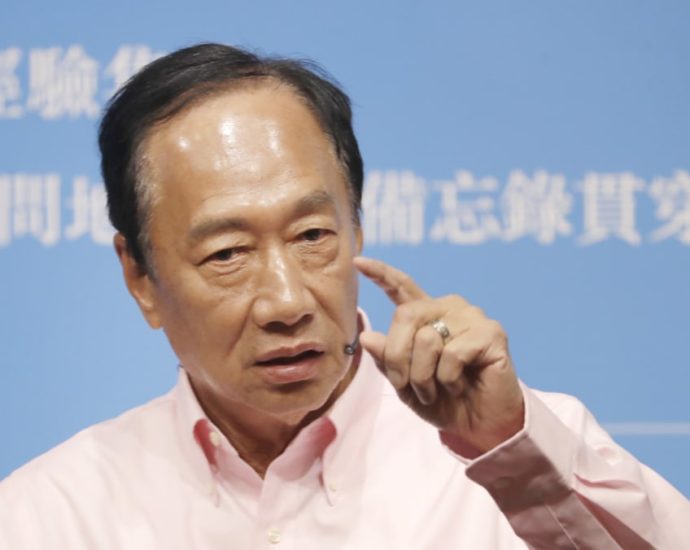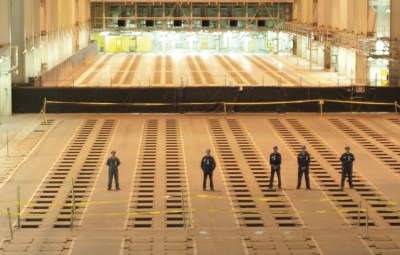Saudi-S Korea in a rich and wide mega-project embrace
South Korea and Saudi Arabia announced their intent to “deepen and advance” bilateral relations in a joint statement issued on the occasion of President Yoon Suk Yeol’s visit to Riyadh from October 21-24.
The announcement was a reminder that while the US and Europe focus on the conflict between Israel and the Palestinians, Saudi Arabia’s turn to Asia continues – and that China is not the only East Asian power displacing Western influence in the Middle East.
South Korean President Yoon led a delegation of government officials and business leaders that met with Crown Prince and Prime Minister Mohammed bin Salman and other Saudi counterparts to discuss trade and investment, infrastructure, energy and defense.
The result was a long and detailed list of initiatives building on the “Future-oriented Strategic Partnership” announced by the two sides when the Saudi leader visited Seoul in November 2022. A Strategic Partnership Council will be established to coordinate their joint activities.
The Saudi-Korean Investment Forum 2023 was held during Yoon’s visit, with representatives of both countries’ public and private sectors participating. It resulted in more than 50 agreements ranging from hydrogen energy, water desalination and agriculture to electric vehicles, tourism and cybersecurity. The total value of the deals was reported at $15.6 billion.
The Saudi Arabian Oil Company (Aramco) alone reached 10 agreements with Korean companies covering collaboration in ammonia off-take and logistics, low-carbon energy exploration, information exchange related to Aramco’s Thermal Crude to Chemicals technology and collaboration in venture capital investment and start-up financing.
Four of the agreements were with S-Oil, which is 63.4%-owned by Aramco. Agreements were also clinched with Doosan to establish a casting and forging facility in Saudi Arabia to produce valves, pumps, compressors, gas and wind turbines, and other products; Korea Electric Power Corporation for a study of the ammonia supply chain; POSCO and Hyundai Oilbank to explore potential collaboration in blue hydrogen and ammonia; and the Export-Import Bank of Korea to develop strategic financing.
Separately, Saudi Aramco signed contracts with Hyundai Engineering & Construction for the construction of a gas processing plant and with the Korea National Oil Corporation for a joint oil storage project during Yoon’s visit. South Korea is the third largest buyer of Saudi oil after China and Japan and depends on Saudi Arabia for nearly 40% of its crude oil supply.

Private investments in refining, petrochemicals and hydrocarbon resource technology are a priority for both sides. The joint statement noted that work on the Shaheen petrochemical project in Ulsan has been progressing smoothly since a groundbreaking ceremony last March.
The joint statement laid out a scenario that sums up the Future-oriented Strategic Partnership in the energy sector, with South Korea acknowledging Saudi Arabia’s “pioneering role” in the future of energy and avowing to “strengthen cooperation” across the gamut of nuclear, renewable, wind, solar and clean hydrogen energies.
On the latter, the two sides signed the Hydrogen Oasis Initiative (H2Oasis) to strengthen their partnership and support project developments in the fuel.
Moreover, Hyundai Motor and Saudi Arabia’s Public Investment Fund will form a joint venture to build an auto-assembly plant in Saudi Arabia with a capacity of 50,000 internal combustion engine and electric vehicles per year. Production is scheduled to begin in 2025.
Naver, South Korea’s largest internet company, signed an agreement with the Saudi Ministry of Municipal and Rural Affairs and Housing and Ministry of Investment to create a cloud-based digital twin platform for smart city urban planning, monitoring and disaster prevention in the cities of Riyadh, Medina, Jeddah, Dammam and Mecca.
Naver senior executive Chae Seon-ju hopes that “Naver will serve as a bridge for the export of Korean IT [information technology] startups to the Middle East.” His efforts should be supported by cooperation between the two countries in the protection of intellectual property.
The joint statement notes that the dispatch of South Korean experts has contributed to the development of Saudi Arabia’s National IP Strategy of Saudi Arabia and capacity-building for Saudi patent examiners.
In addition, a South Korean consortium led by food and beverage company Nongshim will provide “smart farm” infrastructure to Saudi Greenhouse for year-round production of strawberries. Temperature, humidity and sunlight in the indoor gardens are monitored and regulated automatically.
The two countries also celebrated the 50th anniversary of Korea-Saudi cooperation in the field of construction and agreed that South Korea would support Saudi Arabia’s large-scale economic development projects.
These include the NEOM industrial, residential and recreation project in the northwest of the country, which will be powered by renewable energy, and the Red Sea tourism project along the coast.
The joint statement does not provide much detail on military matters, but does contain a brief section entitled “Strengthening Cooperation in the fields of Defense, Defense Industry and Combating Terrorism.”
President Yoon was reported to have had a successful meeting with Saudi Defense Minister Khalid bin Salman Al Saud and Minister of National Guard Abdullah bin Bandar bin Abdulaziz Al Saud.
According to South Korea’s Yonhap news agency, Defense Minister Khalid “said that the two countries’ defense industry cooperation, which is close to producing results, will be a new milestone in their partnership. He also expressed hope for next-generation defense industry cooperation and proposed a comprehensive partnership that includes technological collaboration and joint production.”
Yoon’s office told the media that he had “called for deepening the scope of defense cooperation to include defense training, joint exercises, visits to military bases and people-to-people exchanges.”
His security advisor Kim Tae-hyo said that discussions in areas including missile defense and artillery are “in the final stage,” according to Yonhap.

This is the realpolitik side of Saudi Vision 2030, the long-term national development strategy developed by Prime Minister Mohammed bin Salman and his Council of Economic and Development Affairs to build “a vibrant society, a thriving economy and an ambitious nation.”
“In order to achieve a thriving economy, the kingdom will diversify its economy and create dynamic job opportunities… through commitments to education, entrepreneurship and innovation, unlocking underdeveloped industries such as manufacturing, renewable energy and tourism,” the vision statement says.
This is not the vision of a Saudi society that wants or needs to choose between only the US or China. And it’s a vision that fits with South Korea’s own modernization ambitions in an increasingly multipolar world.
Follow this writer on Twitter: @ScottFo83517667


